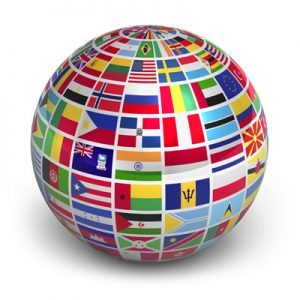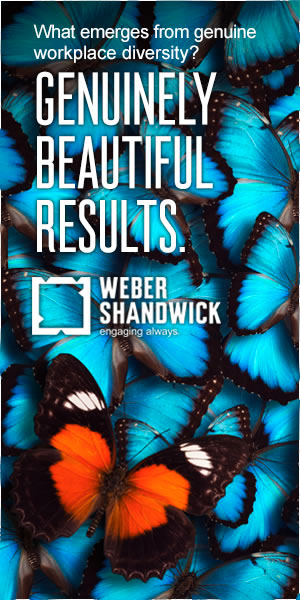Mention diversity, inclusion, race or equity at work, and watch people squirm in their seats. What can be a finally-we’re-going-to-tackle-this-topic discussion to some, is an area of let-me-hide-under-the-table conversation for others.
ComNet 2016, an annual conference that gathers foundation and nonprofit leaders committed to building a better world through the smart and deliberate use of strategic communications, came together last month in Detroit, Michigan. And instead of hiding from those difficult conversations, the theme of diversity and how to best address diversity was a recurring subject on the agenda.
One session in particular, Diversity Inside and Out: Building Inclusive Communications Strategies, provided great tips on how PR pros can start a healthy dialogue and have those difficult conversations and take effective action as it relates to race and equity.
As Tonya Mosley, John S. Knight Stanford Journalism Fellow echoed, “Diversity is a fact. Inclusion is a practice. Equity is the goal.”
Panelists for the discussion were proven experts on the topic. Tonya Mosley, a John S. Knight Stanford Journalism Fellow and Emmy award-winning multimedia journalist whose NPR series “Black in Seattle” sparked both local and national discussion on issues surrounding race and belonging, shared with the group. The panel also included Leslie Miley, director of engineering at Slack. Miley, who had once worked for Twitter and publicly announced he was leaving the company while calling out its lack of diversity, cited Twitters first annual report which illustrated that African Americans and Hispanics make up more than 30 percent of Twitter’s (US) monthly active users but less than 5% make up engineering and product management combined.

Both presenters had experienced their own roadblocks on the road to diversity dialogue and shared what they had learned.
The discussion made me think of the start to arriving at the point of diversity and inclusion in the workplace like having the ingredients to a perfect cake – missing one element could make it taste foul.
Here’s what you need…
- An Understanding of the Diversity Advantage
Diversity practices make good business sense. According to McKinsey & Company, companies in the top quartile for racial and ethnic diversity are 35 percent more likely to have financial returns above their respective national industry medians. Besides that, having different ethnic lenses around the table at work only makes the final produce better.
- A Recognition of Unconscious Bias
Understand that everyone is going to come to the table with implicit bias. It’s as human as tears. Recognizing that we automatically assign/judge people on sight, then being willing to reprogram ourselves is key when having open and meaningful dialogue.
- The Creation Safe Spaces
People will not talk if they’re fearful of judgement. Set the stage before the conversation begins. Establishing the conversation and space as safe.
- Uncomfortable Conversations
Ignoring the need for diversity and the conversation itself isn’t helping anyone. Get comfortable being uncomfortable.
- Buy-in from the Boss
The power to change office and business culture starts at the top. This is healthy trickle down. If the leadership of an organization is willing to start the dialogue and follow it up with action, that’s truly a win.

